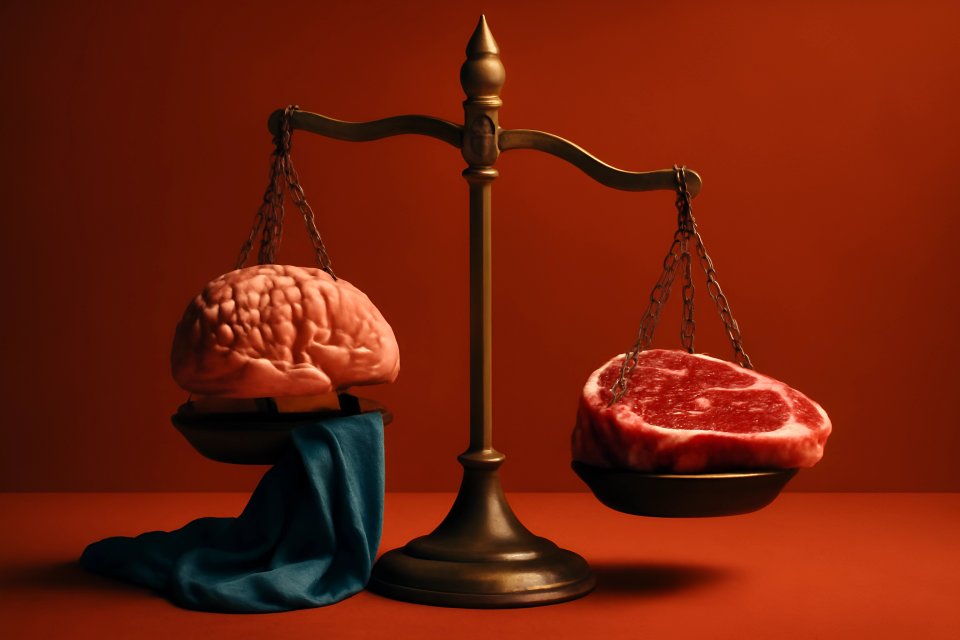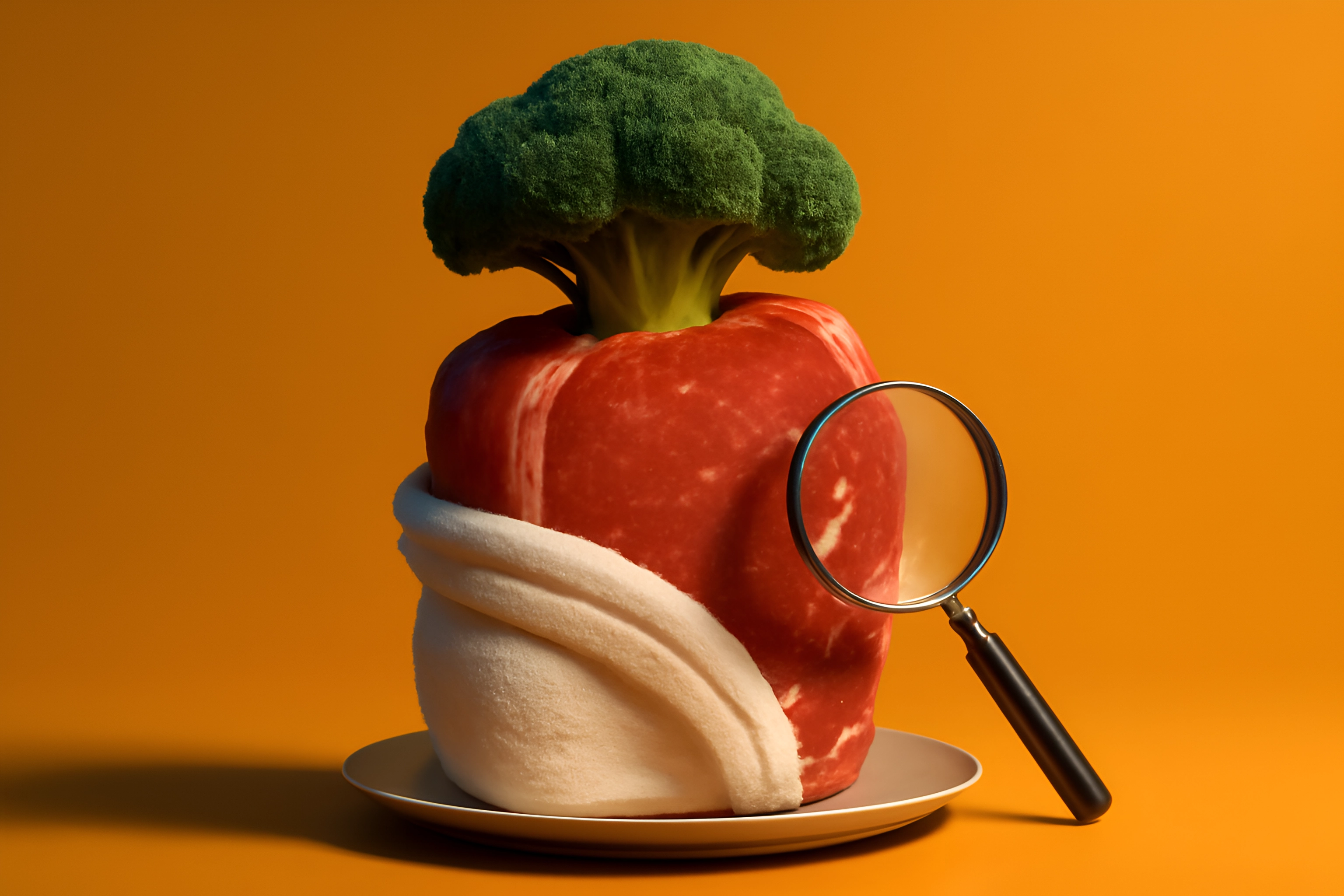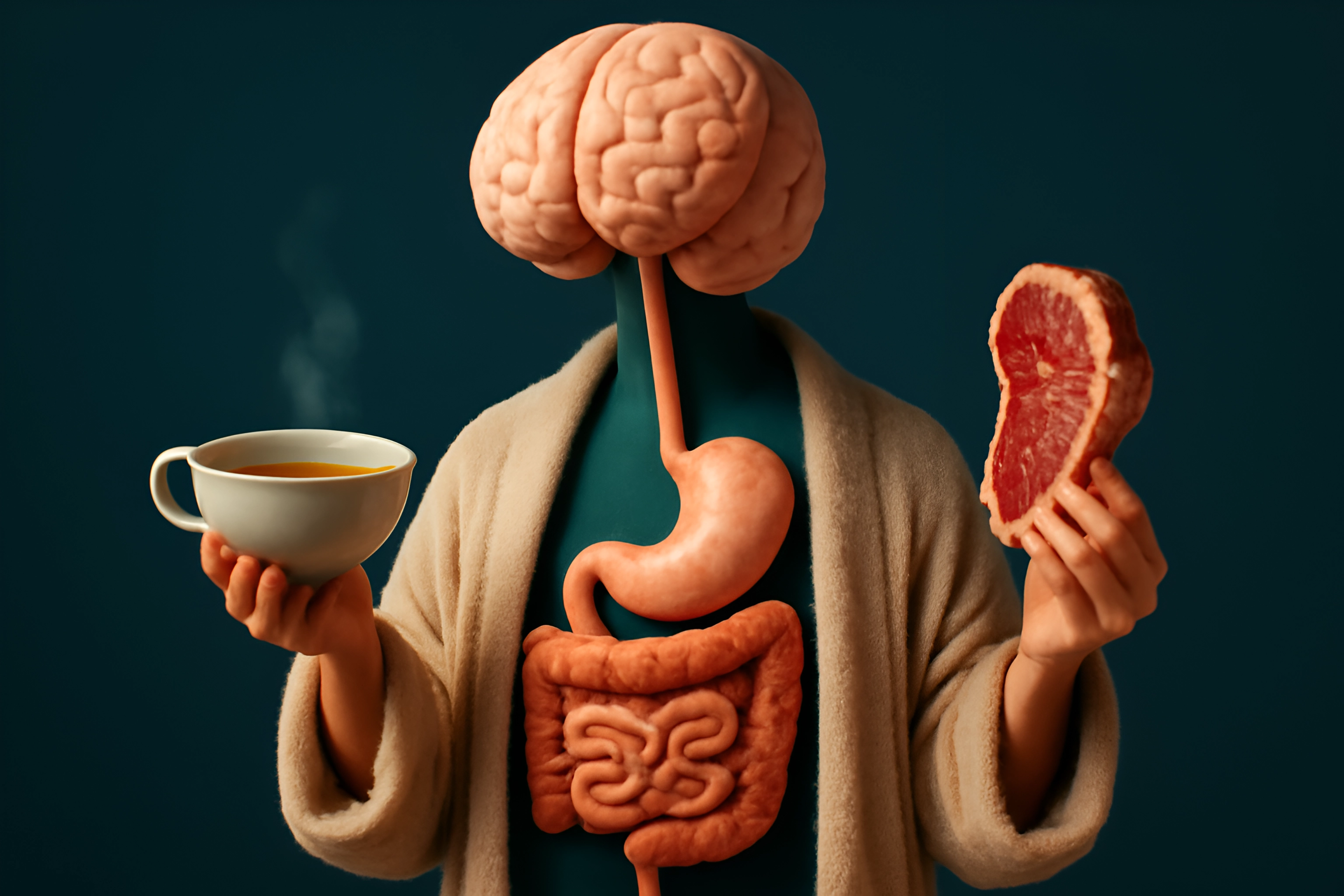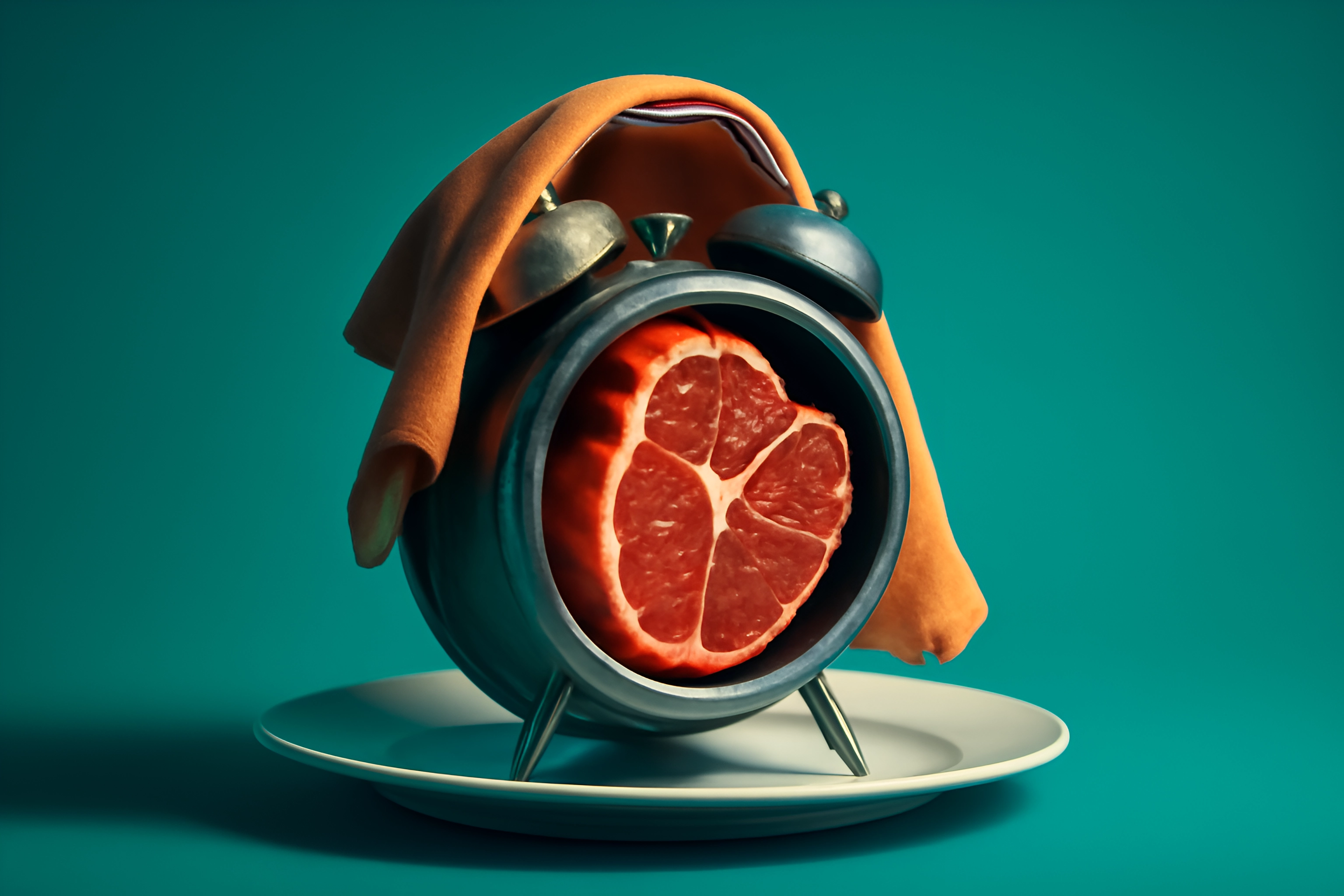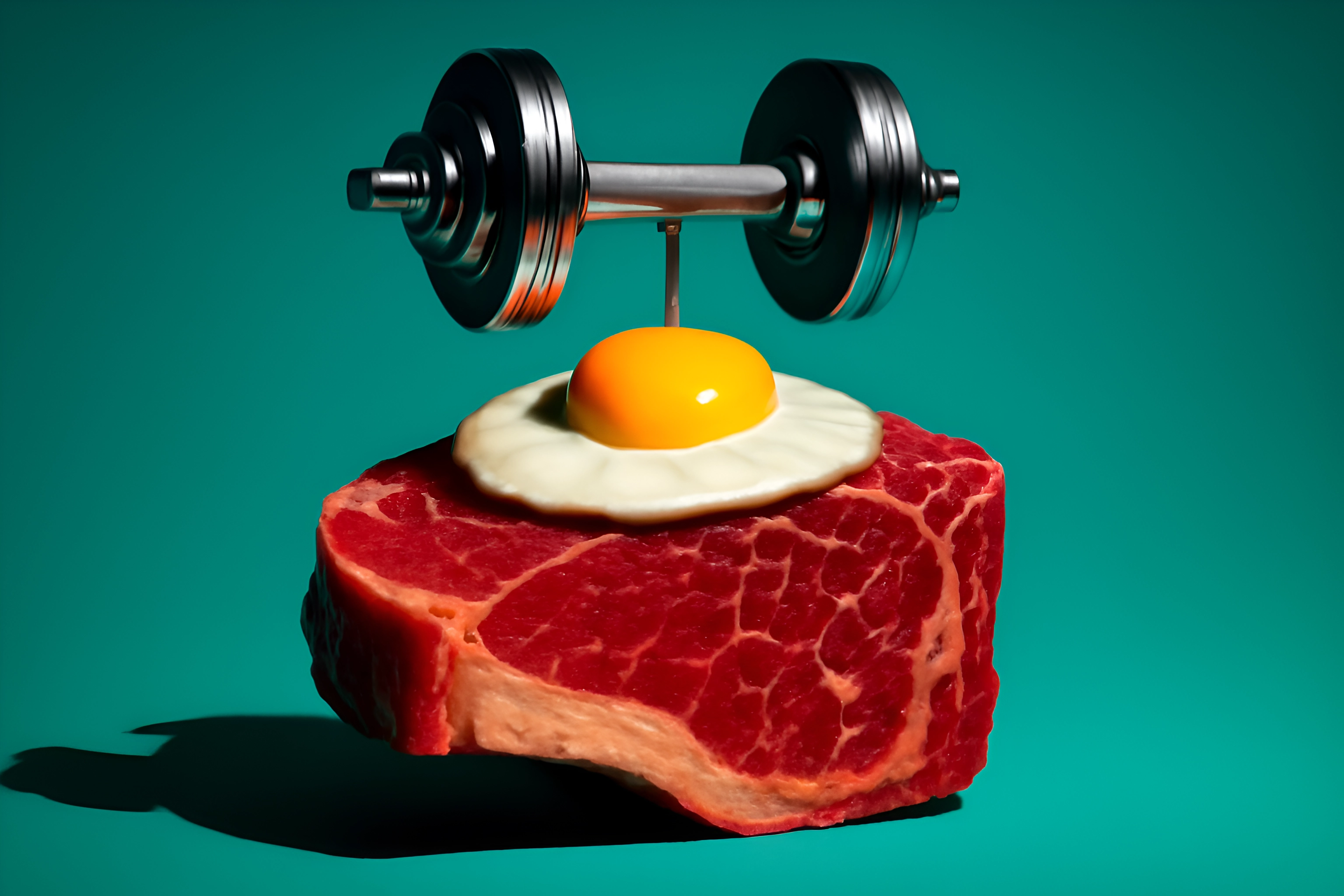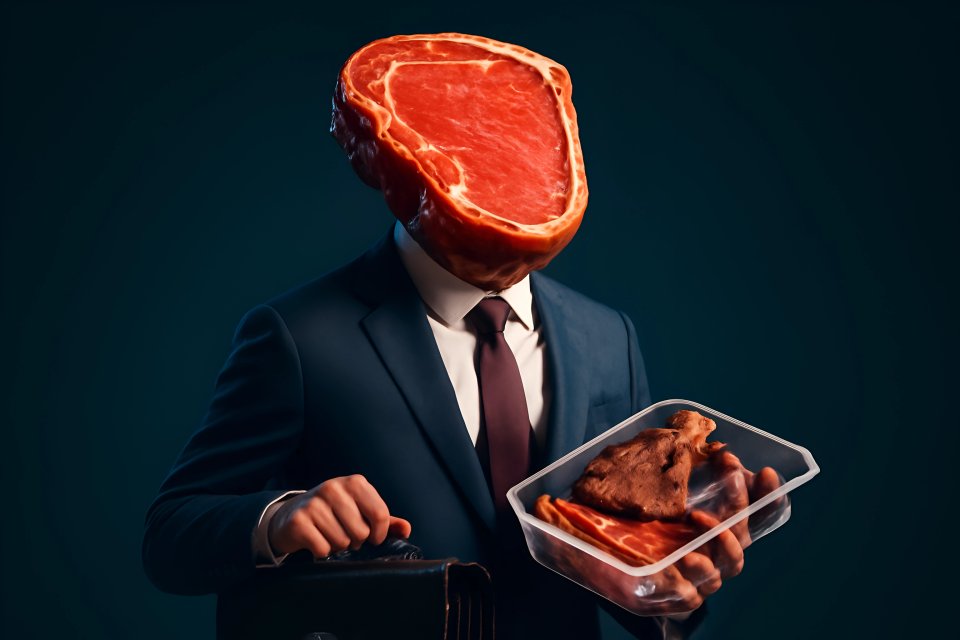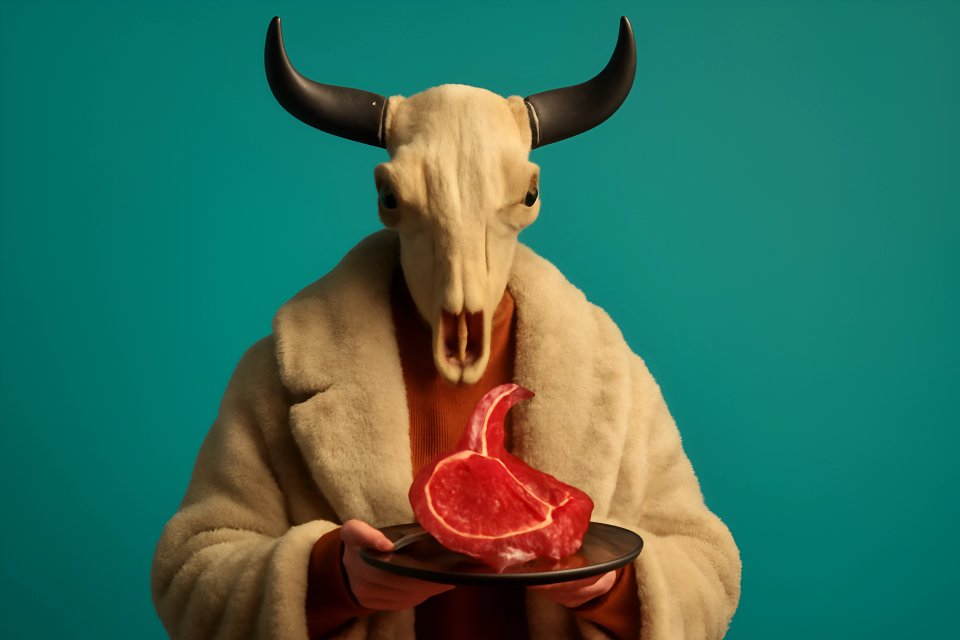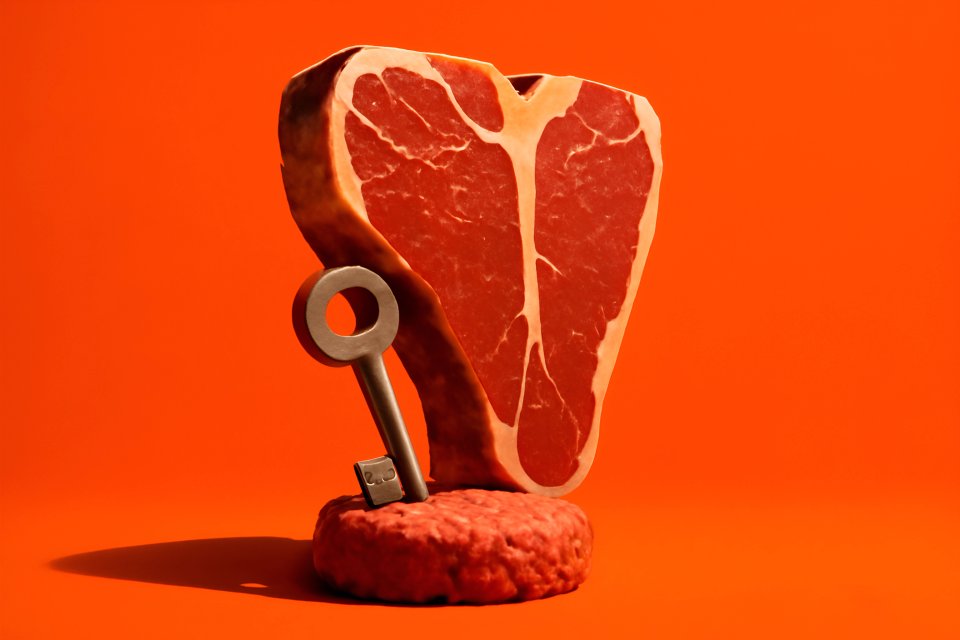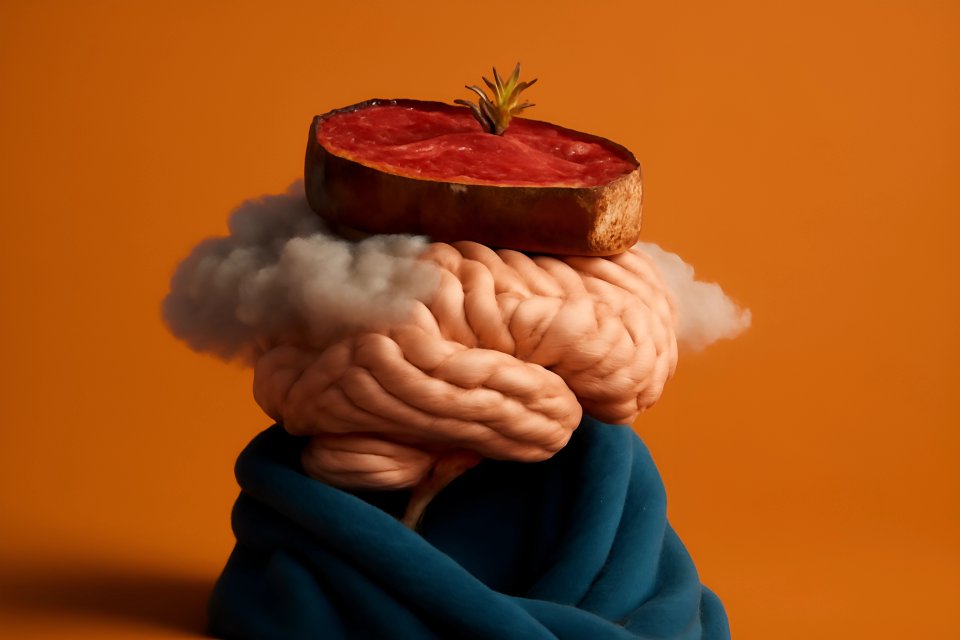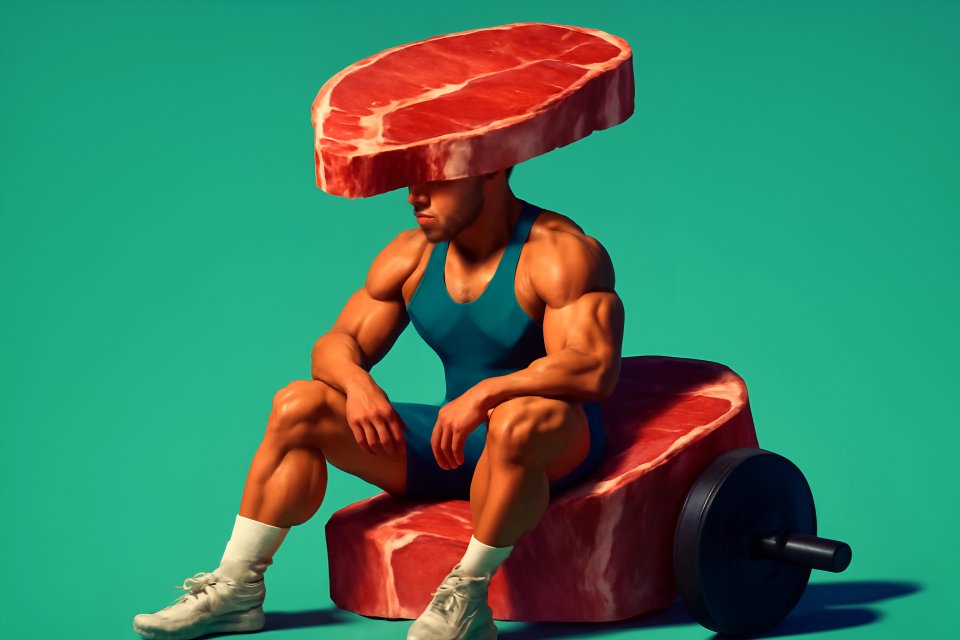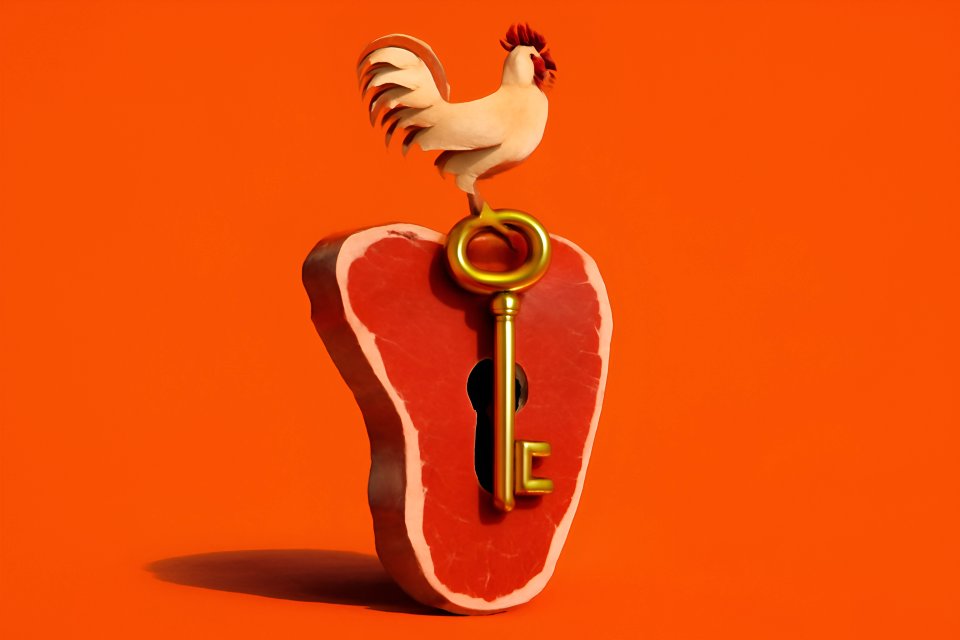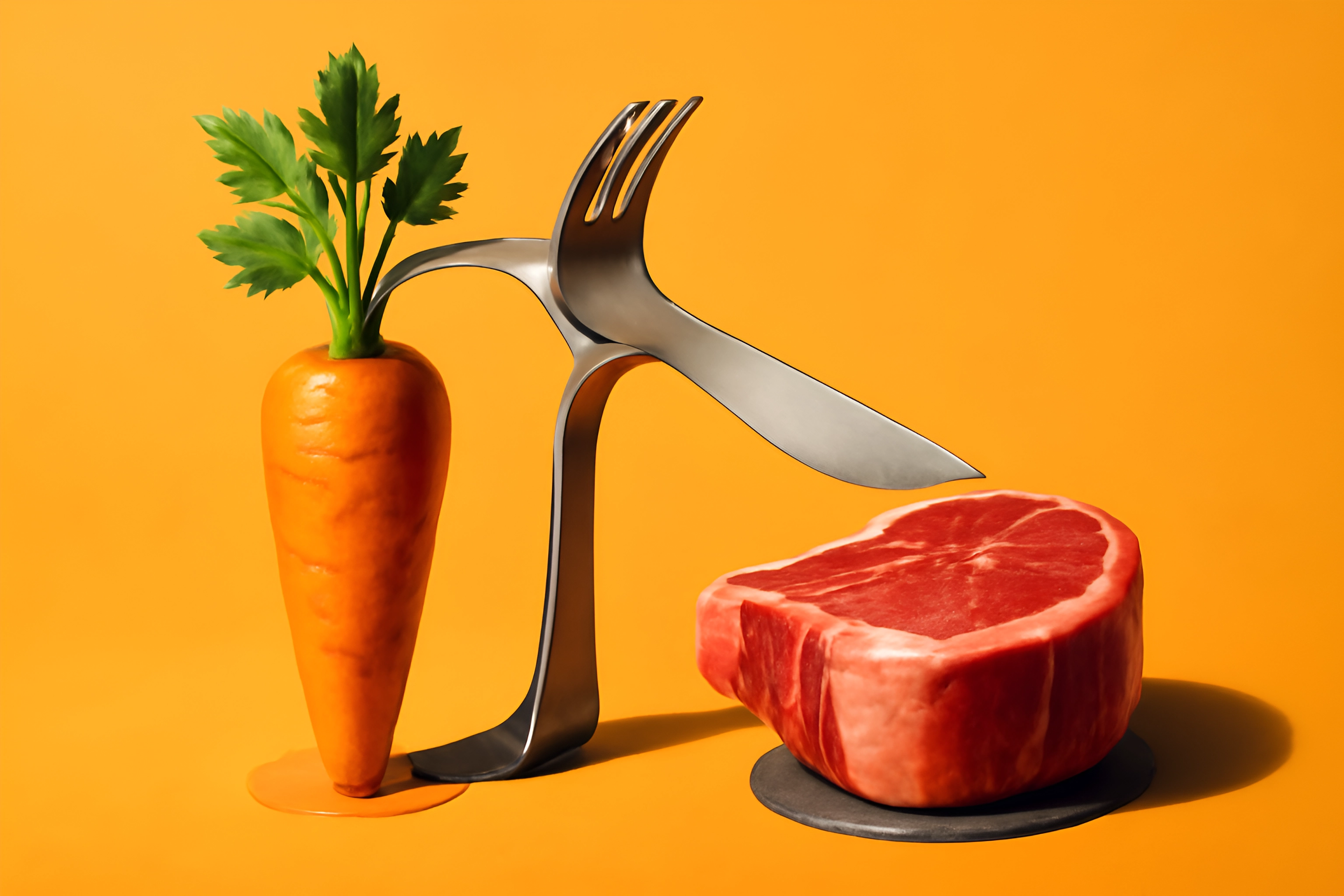
Your Next Chapter in Healing
If you're reading this, you've likely dedicated immense effort to your health through a vegan or plant-based diet. You’ve planned, prepped, and believed in a path you were told was the pinnacle of wellness. But if you're still searching for answers to stubborn health issues, it’s not a failure—it’s a sign that your journey is evolving.
The decision to explore a carnivore lifestyle is a monumental one, we know. It’s more than just changing what’s on your plate; it’s a seismic shift in your identity, your community, and your core beliefs about what it means to be healthy. You are not alone in this, and your courage to question everything in pursuit of true vitality is something to be admired.
This guide is your compassionate, no-BS roadmap, designed specifically for the unique challenges you face. We will walk you through the physiological and psychological steps to transition safely and effectively, moving you toward the healing you’ve been fighting for. At HealingCarnivore, we believe in radical simplicity and the profound wisdom of listening to your body—and this is where you learn to listen again.
Why the Switch? Common Reasons People Move from Plant-Based to Carnivore
Let's be clear: this isn't about pointing fingers. It's about acknowledging a hard truth—that for many, a plant-exclusive diet doesn't deliver on its promises. Many people arrive at our doorstep after years of battling unresolved health issues like persistent gut pain, IBS, bloating, autoimmune flare-ups, and skin conditions like eczema and acne that never seem to clear.
Another powerful driver is the quiet, creeping realization of nutrient deficiencies. Despite meticulous planning and a cabinet full of supplements, the struggle to get enough truly bioavailable iron, B12, zinc, and fat-soluble vitamins is real. In fact, some studies show that up to 39% of unsupplemented vegans can be deficient in Vitamin B12, a nutrient critical for neurological function and energy production.
Ultimately, many are simply seeking freedom. Freedom from the mental exhaustion of complex meal prep, supplement schedules, and the constant worry about anti-nutrients. A growing awareness of how compounds like oxalates, lectins, and phytates in plants can irritate the gut and block nutrient absorption is leading people to seek a simpler, more direct path to nourishment.
The Unique Challenges of a Vegan-to-Carnivore Transition (And How to Prepare)
Making this switch comes with a unique set of hurdles, and preparing for them is the key to your success. Your body has been trained to operate in a specific way for years, and it needs a thoughtful strategy to adapt. Ignoring these challenges is a recipe for frustration and setbacks.
Physiological Hurdles
Your digestive system is about to undergo a complete re-education. After years of avoiding meat, your body’s production of stomach acid (HCl) is likely low. This can make the initial digestion of dense animal protein feel heavy or uncomfortable, as low stomach acid impairs your ability to properly break down proteins.
Similarly, your body may have downregulated the production of specific enzymes needed to efficiently break down animal protein and fat. Your gut microbiome, which has been thriving on fiber, will also need time to shift its population to one that excels in a zero-fiber environment. This recalibration is normal, but it requires patience.
Psychological & Social Hurdles
The biggest battles are often fought in the mind. You may have to confront deeply ingrained beliefs that red meat and saturated fat are inherently "bad," a fear programmed by decades of mainstream nutritional dogma. This isn't just about food; it's about letting go of the "vegan" label and the identity that came with it.
Be prepared for social pushback. Friends, family, and your former community may not understand your decision, and their questions can range from curious to critical. This identity shift and social navigation is a significant part of the journey, and preparing your responses ahead of time can provide a powerful sense of security and resolve.
The Step-by-Step Transition Plan from Vegan to Carnivore
Ready to begin? Your body needs time to adapt. A slow, methodical transition is the absolute key to minimizing digestive upset and other side effects, ensuring you don't quit before you experience the profound benefits.
Phase 1: Reintroducing Animal Products Gently (Weeks 1-2)
The goal of this first phase is to gently awaken your digestive system without overwhelming it. Think of it as re-establishing a long-lost friendship with these powerful foods. Start with the most gentle, nutrient-dense options available.
Your first and most important tool is bone broth. Its collagen and gelatin help soothe and repair the gut lining, preparing it for what's to come. Aim to drink 1-2 cups daily. Next, introduce high-quality animal fats like ghee, tallow, or butter for cooking; these fats are crucial for hormone production and energy.
Finally, add in pasture-raised egg yolks. They are an incredibly bioavailable source of choline and vitamins, and by starting with just the yolks (raw or soft-cooked), you avoid the proteins in the whites that can sometimes be harder to digest initially.
Phase 2: Incorporating Well-Tolerated Meats (Weeks 3-4)
Now that your digestion has been primed, it's time to build its strength by introducing complete animal proteins. This is where you start to feel the deep, lasting satiety that animal foods provide.
Begin with fatty fish like wild-caught salmon or sardines. They are rich in anti-inflammatory omega-3 fatty acids and are generally easy on the digestive system. Next, introduce well-cooked, ground meat like beef, lamb, or bison. The grinding process makes the protein easier for your reawakening stomach acid to break down.
During this phase, you can also begin incorporating whole eggs, including the whites, if you've been tolerating the yolks well. Continue to prioritize fat, ensuring it makes up a significant portion of your calories. This will keep your energy stable and cravings at bay.
Phase 3: Reducing and Eliminating Plant Foods (Weeks 5-6)
With animal foods now forming the foundation of your meals, the next step is to systematically remove the plant foods that may be contributing to your health issues. This is not about deprivation; it's about removing inflammatory obstacles.
The first things to go should be the most notorious offenders: grains, legumes, nuts, and seeds. These are packed with lectins and phytates. Next, eliminate high-oxalate vegetables like spinach, kale, and beets, along with nightshades like tomatoes and peppers, which can be major irritants for a sensitive gut.
The last plant foods to be removed are typically fruits and the remaining "low-toxin" plants like avocado, olives, or squash. By phasing them out slowly, you give your gut microbiome the best possible chance to adapt smoothly to a low- or zero-fiber environment.
Phase 4: Full Carnivore & Fine-Tuning (Week 7 and Beyond)
Welcome to the next level. You are now eating from the animal kingdom, and the goal is to settle in and fine-tune the diet to your body's unique needs. This is where you truly start to thrive.
Begin exploring a nose-to-tail approach by trying organ meats. Start with just a small amount of beef liver once or twice a week; it's the most nutrient-dense food on the planet, packed with bioavailable Vitamin A, B12, and copper. You can find some great ideas in these gut-healing carnivore recipes.
Pay close attention to your fat-to-protein ratio. If you feel low on energy, you likely need more fat. If you feel a lack of satiety, you may need more protein. Above all, listen to your body's hunger and satiety cues—they are your most reliable guide.
How to Manage Common Transition Side Effects
Don't let a few bumps in the road derail your journey to healing. These common side effects are temporary and manageable with the right strategies.
Digestive Discomfort (Constipation/Diarrhea)
First, don't panic. It's extremely common for digestion to be unpredictable as your gut adapts. The solution is almost always to adjust your fat intake, stay well-hydrated with salted water, and trust the process. For extra support, you can temporarily use a supplement like Betaine HCl with meals to boost stomach acid or a broad-spectrum digestive enzyme.
The "Adaptation Flu" (Headaches, Fatigue, Irritability)
Let's get one thing straight: this is not a "detox." These flu-like symptoms are almost always caused by an electrolyte imbalance as your body shifts from burning carbs to burning fat for fuel. The solution is simple and immediate.
Be generous with a high-quality, unrefined salt like Redmond Real Salt. Add it to your food and water. You can also use a good electrolyte supplement. Most importantly, get plenty of rest and allow your body the grace to adapt.
Cravings for Carbs & Sugar
Cravings are a signal from your body that it's not getting enough energy. The answer isn't willpower; it's nourishment. When a craving strikes, eat more fat and protein.
Eat a few spoonfuls of tallow, a fatty steak, or some bacon until you are completely and comfortably full. When your body is properly nourished with the fuel it's designed to run on, these cravings will vanish. Don't undereat!
Myth Busters: Clearing Up Carnivore Concerns for Former Vegans
Let's tackle the biggest mental roadblocks head-on. These myths are often the last line of defense for a belief system you're ready to leave behind.
Myth #1: "My cholesterol will be dangerously high."
The truth is, the narrative around dietary cholesterol has been misleading for decades. Your body produces the vast majority of its own cholesterol because it's essential for creating hormones, building healthy cells, and supporting brain function. For many people on a carnivore diet, lipid panels actually improve, showing an increase in protective HDL and a decrease in triglycerides. For a deeper dive, you can explore the science behind carnivore and heart health.
Myth #2: "I need fiber to have healthy digestion."
This is perhaps the biggest paradigm shift. Fiber is a non-essential carbohydrate that can act as a major gut irritant for many people, causing bloating, gas, and inflammation. In the absence of fiber, digestive waste is minimal, and bowel movements become less frequent but are often much easier and more complete. You can learn more by debunking common myths about fiber.
Myth #3: "Eating only meat is bad for the planet and unethical."
This is a valid and important concern. The answer lies not in avoiding animal agriculture, but in supporting a better system. The industrial monocropping required for many plant-based foods is devastating to soil and wildlife. In contrast, regenerative agriculture, which uses well-managed grazing animals to restore ecosystems, can actually improve soil health and sequester carbon. By choosing meat from regenerative farms, you are voting for a system that heals the planet.
Conclusion: Welcome to a New Level of Wellness
Let this sink in: a slow, phased transition is the safest and most sustainable path to reclaiming your health. The most important rule is to listen to your body above all else; it has an innate wisdom that will guide you if you let it.
This transition is a powerful act of self-advocacy. You are taking control of your health in a profound way, moving beyond dogma and toward true, individualized nourishment. Be patient with yourself, celebrate the small wins, and trust the process. Welcome to Healing Carnivore.
Call to Action
Engage: What phase are you in? Share your experience or ask a question in the comments below!
Nurture: For more in-depth guides and healing stories, sign up for the Healing Carnivore newsletter.
Further Reading: New to the basics? Check out our Ultimate Beginner's Guide to the Carnivore Diet.
